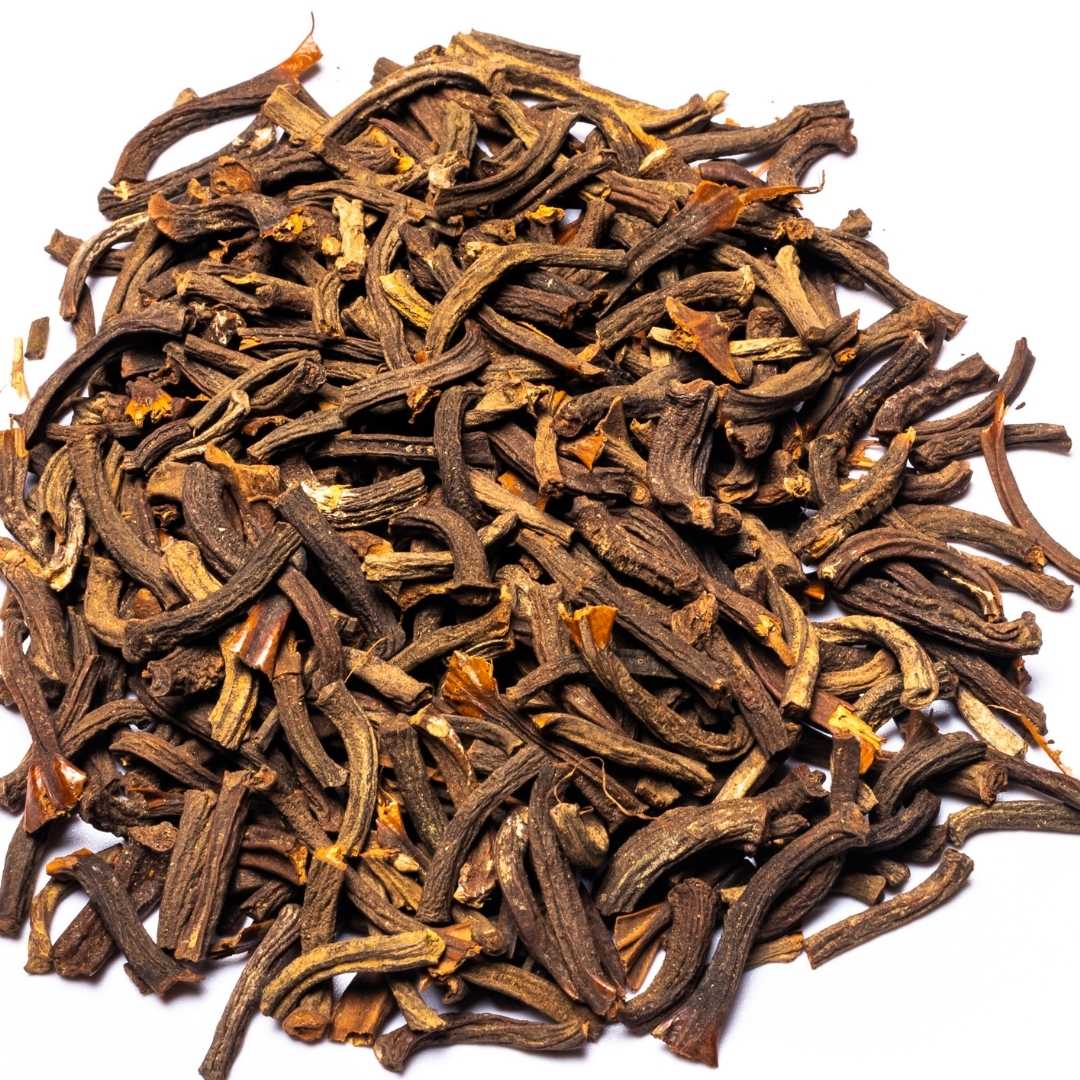
The dried inner bark of an evergreen tree is used to make Cassia bark (Cinnamomum Aromaticum). It is the most widely available cinnamon in North America. Cassia bark includes compounds that appear to promote insulin sensitivity, which may aid in blood sugar control in diabetics. Cinnamaldehyde is also present. This molecule may aid in the battle against germs and fungi.
Cassia bark is a popular spice and flavoring agent in cooking. Cassia bark is most typically used as a treatment for diabetes. It is also used to treat prediabetes, obesity, and a variety of other diseases, although there is no clear scientific evidence to back this up.
Cassia bark should not be confused with other forms of cinnamon, such as Ceylon cinnamon, Indian cassia, Padang cassia, and Saigon cinnamon, these are not the same thing.
Cassia is typically used in savory foods rather than sweet baked products, whereas cinnamon is best used in sweet baked goods. In the East, dried cassia buds that resemble cloves are used in pickles, curries, sweets, and spicy meat dishes. Tiny yellow cassia flowers have a slight cinnamon flavor and are sold preserved in a sweetened brine for perfuming sweets, fruits, teas, and wines. Cassia leaves can be used as a flavor in the same way as bay leaves can.
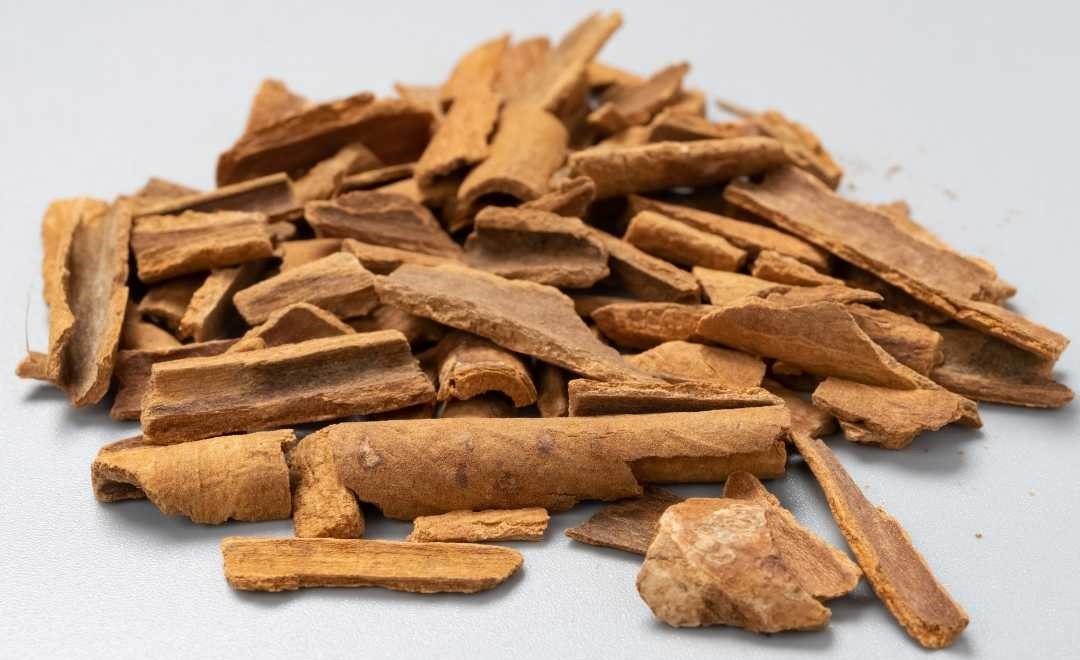
Real cinnamon sticks or quills coil in a perfect circle in a telescopic form. However, cassia sticks twist inward from both sides, resembling a scroll. Quillings are little fragments of either cinnamon or cassia quills. It is difficult to tell the difference between the two when they are ground. The variation lies in the color and aroma of each spice. Cinnamon has a warm tone and a tan color, as well as a sweet flavor. Cassia has a more reddish brown color and a coarser texture, as well as a stronger, yet bitterer flavor.
The variety stated above, Cinnamomum zeylanicum, is true or pure cinnamon, often known as Ceylon cinnamon. Those seeking the health advantages of cinnamon should seek the pure kind, as cassia lacks the antioxidant characteristics of Ceylon cinnamon. Ceylon cinnamon can be found online or in health food stores such as Whole Foods Market. Ceylon cinnamon, on the other hand, is substantially more expensive than Cassia cinnamon. Ceylon cinnamon will cost nearly four times as much.
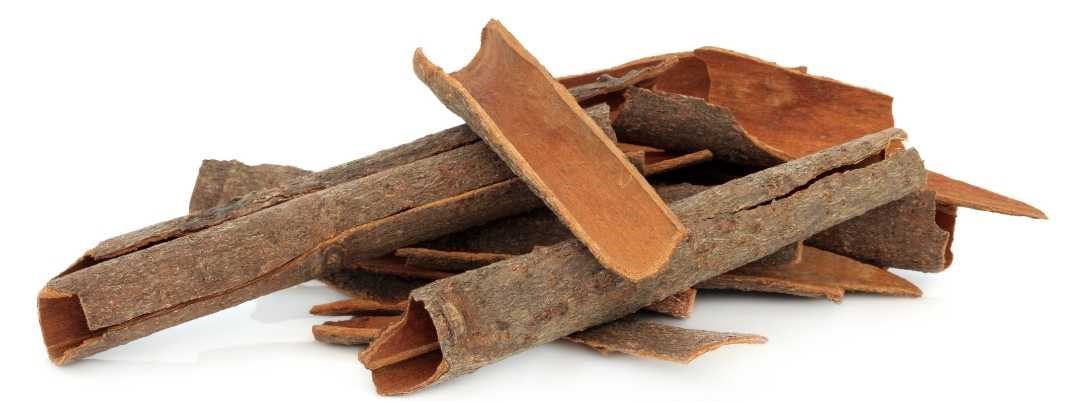
Cinnamon may provide some health benefits, according to research. These are some benefits of Cassia Bark:
Cinnamon oil may aid in the treatment of several fungal diseases. In a 2016 laboratory investigation, cinnamon oil was found to be beneficial against a kind of Candida that affects the bloodstream. This could be because of its antibacterial capabilities. If additional research supports these findings, cinnamon oil may be useful in treating this sort of infection.
According to 2015, animal research has revealed that cassia cinnamon may lower blood sugar levels. The review also found that after consuming up to 6 grams of cinnamon per day for 40 days to 4 months, 60 patients with type 2 diabetes had decreased serum glucose, triglycerides, low-density lipoprotein cholesterol, and total cholesterol. According to the National Center for Complementary and Integrative Health (NCCIH), a 2012 research concluded that cinnamon does not help people with type 1 or type 2 diabetes lower their levels of glucose or glycosylated hemoglobin A1c — which are long-term measures of blood glucose control. Another minor study investigated the effects of cinnamon, calcium, and zinc on blood pressure control in type 2 diabetics. The results showed that this treatment had no effect.
Cinnamon has been shown in animal experiments to help prevent Alzheimer's disease. According to researchers, a cinnamon bark extract known as CEppt possesses characteristics that may prevent symptoms from developing. Mice given the extract showed a reduction in Alzheimer's symptoms, such as amyloid plaques, as well as increases in their capacity to think and reason. If subsequent research verifies its efficacy, this extract — but not necessarily whole cinnamon — could be valuable in creating Alzheimer's medicines.
Cinnamon may help protect against HIV, according to research using extracts of Indian medicinal herbs published in 2000. In a laboratory, scientists evaluated 69 extracts. The cinnamon bark, Cinnamomum cassia, and the cinnamon shoot and fruit, Cardiospermum Helicacabum, were the most effective in lowering HIV activity. Scientists discovered anti-HIV activity in a cinnamon extract in a 2016 laboratory study. This does not imply that cinnamon-containing foods can be used to cure or prevent HIV, although cinnamon extracts may one day be used in HIV therapy.
Cinnamon has been evaluated for its Anti-MS Efficacy by experts (MS). In one study, researchers fed mice a cinnamon powder and water mixture and tested them. Cinnamon appears to have anti-inflammatory properties in the central nervous system, including areas of the brain. Cinnamon may also preserve regulatory T cells, or "Tregs," which regulate immunological responses, according to research. People with MS tend to have lower amounts of Tregs than those who do not have the disease. Cinnamon therapy inhibited the loss of some proteins unique to Tregs in mouse studies. Cinnamon therapy also repaired myelin levels in mice with MS, according to researchers. MS develops when the myelin layer of nerve cells is destroyed. More research into how cinnamon may help treat MS is being funded by the NCCIH.
Researchers determined in 2011 that diets heavy in "antioxidant spices," such as cinnamon, may help lessen the body's unfavorable response to high-fat meals. Six people ate foods that contained 14 g of a spice blend. Blood tests revealed that antioxidant activity increased by 13%, insulin response decreased by 21%, and triglycerides decreased by 31%.
According to a 2015 study, scientists discovered a method to encapsulate antimicrobial chemicals derived from peppermint and cinnamon into tiny capsules that may both kill bacterial biofilms and actively promote healing. In this approach, peppermint and cinnamon could be used in the treatment of infected wounds.
According to a 2015 study, scientists discovered a method to encapsulate antimicrobial chemicals derived from peppermint and cinnamon into tiny capsules that may both kill bacterial biofilms and actively promote healing. In this approach, peppermint and cinnamon could be used in the treatment of infected wounds.
According to the authors of one study, cinnamaldehydes may have antitumor and anticancer effects. In the study, scientists used cinnamon and cardamom extract to treat cancer in mice. Researchers discovered decreased levels of oxidative stress in the melanoma cells of mice given the therapy.
Cassia cinnamon is likely safe when consumed in proportions usually found in meals and in medicinal doses for up to 4 months. When applied to the skin in the short term, Cassia cinnamon is possibly safe.
When eaten in significant amounts for an extended length of time, Cassia cinnamon is possibly unsafe. Some people may get adverse effects from taking high amounts of cassia cinnamon. Coumarin, a molecule found in cassia cinnamon, can be found in high concentrations. Coumarin may cause or exacerbate liver illness in persons who are sensitive to it. Cassia cinnamon can cause skin irritation and allergic responses when applied to the skin.
Amchur Restaurant & Bar is one of the popular Indian restaurants which provides not only Indian cuisines but also Nepalese and Oriental cuisines with a contemporary approach which are not only healthy but also immensely delicious to the customers who have visited and dined at the restaurant. Amchur Restaurant & Bar provides dine-in service along with takeaway and delivery service. If you like to try out the takeaway or delivery you can place an order by clicking here. You can also reserve a table for your family or friends by clicking here.
-
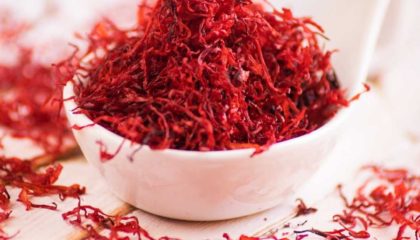 Read more +
August 1, 2022 By Amchur Restaurant in Spices
Read more +
August 1, 2022 By Amchur Restaurant in Spices
What is Saffron and its benefits?
-
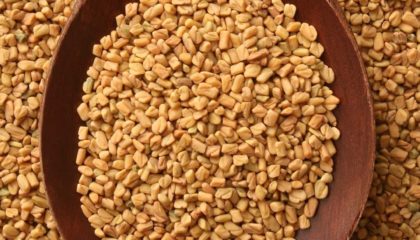 Read more +
July 25, 2022 By Amchur Restaurant in Spices
Read more +
July 25, 2022 By Amchur Restaurant in Spices
What are Fenugreek and its benefits?
-
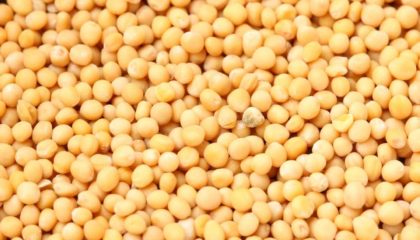 Read more +
July 21, 2022 By Amchur Restaurant in Spices
Read more +
July 21, 2022 By Amchur Restaurant in Spices
What are Mustard seeds and their benefits?
-
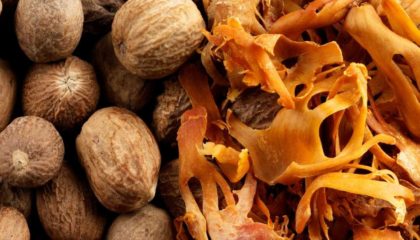 Read more +
July 18, 2022 By Amchur Restaurant in Spices
Read more +
July 18, 2022 By Amchur Restaurant in Spices
What are Nutmeg & Mace and its benefits?
-
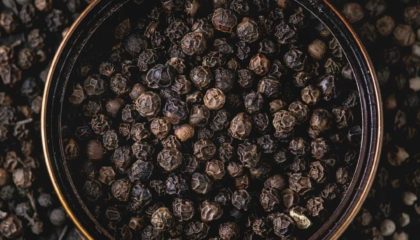 Read more +
July 14, 2022 By Amchur Restaurant in Spices
Read more +
July 14, 2022 By Amchur Restaurant in Spices
What are black pepper and its benefits?
-
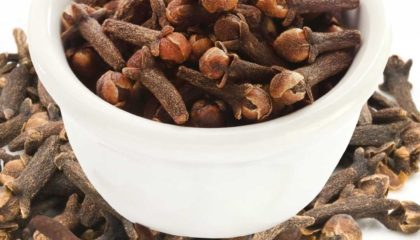 Read more +
July 7, 2022 By Amchur Restaurant in Spices
Read more +
July 7, 2022 By Amchur Restaurant in Spices
What are Clove and its benefits?
-
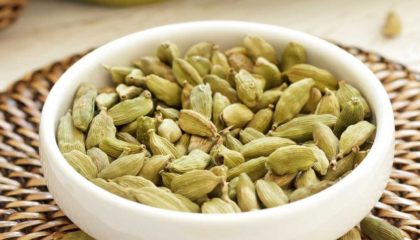 Read more +
July 4, 2022 By Amchur Restaurant in Spices
Read more +
July 4, 2022 By Amchur Restaurant in Spices
What are Cardamom and its benefits?
-
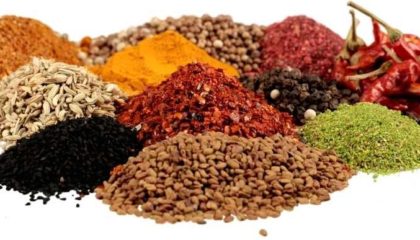 Read more +
June 30, 2022 By Amchur Restaurant in Spices
Read more +
June 30, 2022 By Amchur Restaurant in Spices
Essential Spices Used in Indian Restaurants
-
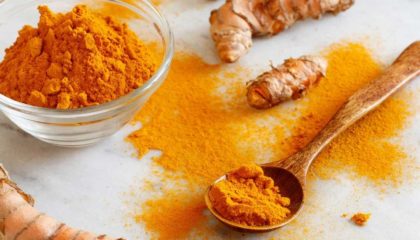 Read more +
June 27, 2022 By Amchur Restaurant in Spices
Read more +
June 27, 2022 By Amchur Restaurant in Spices
What is Turmeric and its benefits?
-
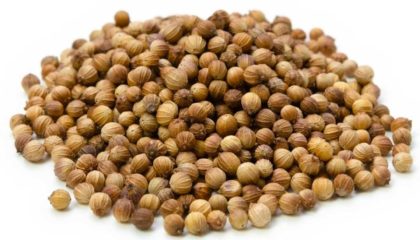 Read more +
June 24, 2022 By Amchur Restaurant in Spices
Read more +
June 24, 2022 By Amchur Restaurant in Spices
What Is Coriander and its benefits?

You must be logged in to post a comment.